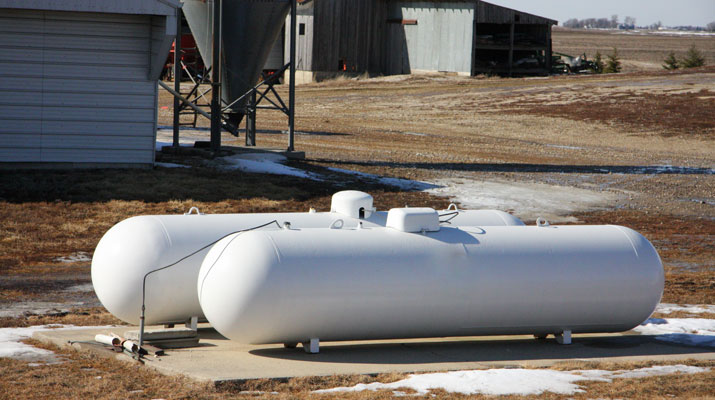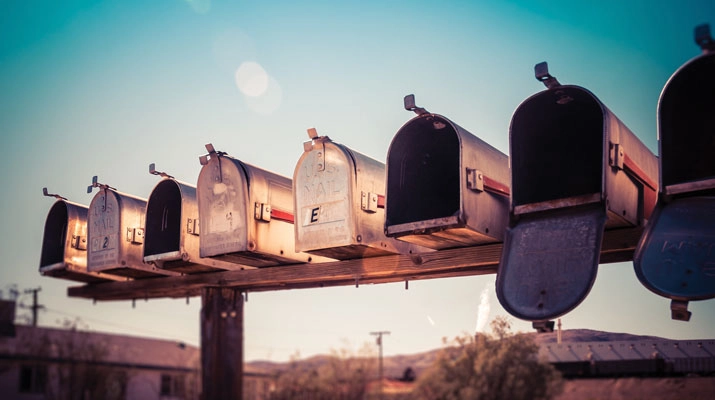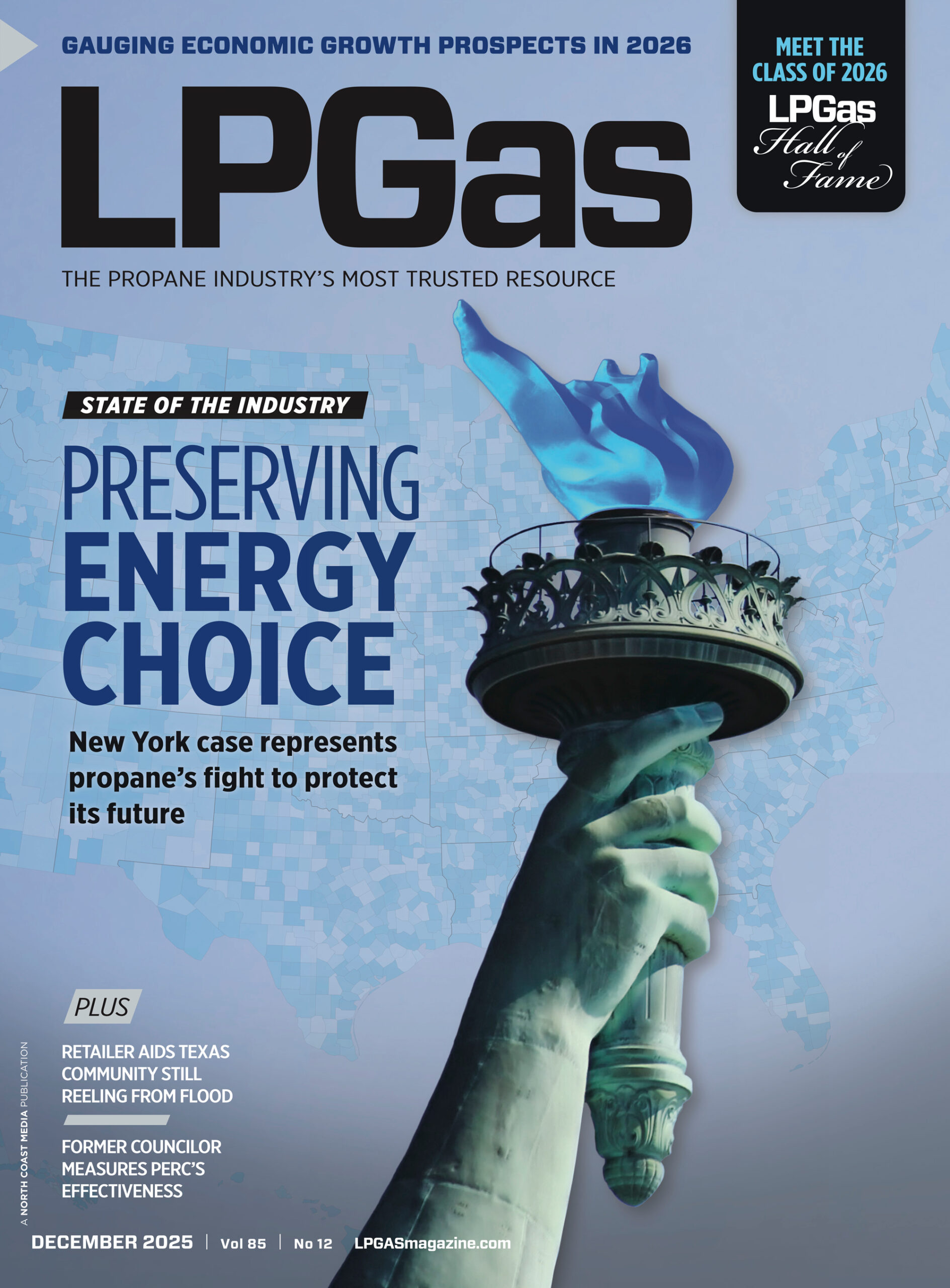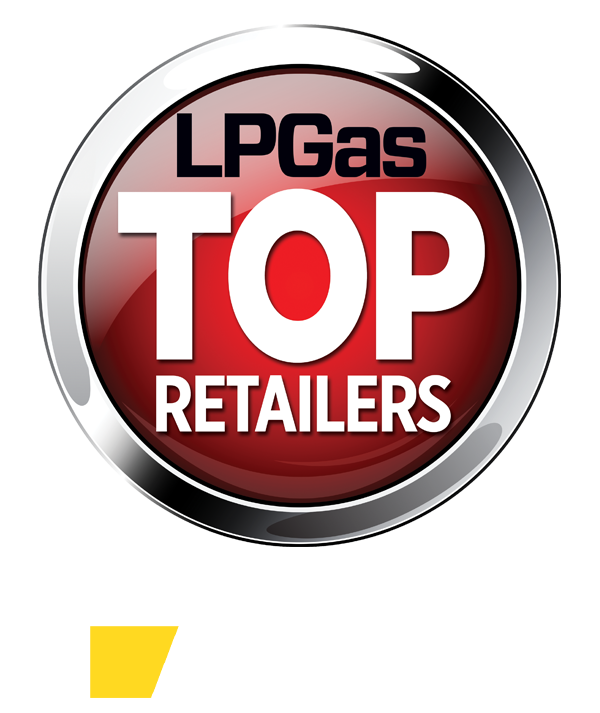Propane cylinder filling challenges
In football, when the quarterback drops back to throw a pass, the results can either be good or bad.
The best result is a completed pass. Bad results would be an incomplete or intercepted pass or if the quarterback was sacked or fumbled the ball behind the line. That’s one good and four bad possible results. Congrats to the skilled QB who has more completions than bad outcomes.
Similarly, when filling cylinders, there are more possible bad outcomes than the singular good outcome: a safely and properly filled cylinder. Again, congrats to the skilled operator who safely fills a cylinder to the proper fill level time after time and goes home to a well-deserved rest with the family.
What issues can lead to a problem, injury or even death when filling cylinders? We’ll look at them so these operators can go home at the end of their shift free of injuries and without endangering a customer. Most dispenser operators won’t have access to this magazine or article, so please share a copy with them or make sure their training addresses the key points here.
It’s common for our inspectors to see operators begin to fill cylinders without examining them, checking the qualifying date or removing the sleeve, if present. These actions are specified by the LP gas code sections 7.2.2.9 and 7.2.2.10 (2024 edition).
A bobtail driver tried to fill a steel forklift cylinder at the same stop as some 500-gallon tanks. He died when the bottom of the cylinder blew out, driving the cylinder into his head and chest. He likely did not examine the bottom of the cylinder to find it severely corroded. Also, filling this small container from a bobtail subjected it to a sudden, high-pressure increase.
Speaking of filling from a bobtail, we have statements from manufacturers and evidence that high flow rate/pressure filling can defeat an overfill protection device (OPD), allowing fill levels higher than the 80 percent intended OPD shutoff and bleed valve level.
Sections 7.2.2.11 and 7.4.4.1 of the code require something other than the OPD, either the fixed maximum liquid level gauge (bleed valve) or weight, to be the primary means to determine when the cylinder is properly filled. We often observe cylinders being filled “until the automatic shutoff stops it.”
There’s a new requirement to examine the face seal on certain cylinder valves before filling begins. These valves are CGA 791 (the OPD valve with ACME threads) and CGA 793 (typically used on smaller composite cylinders). The face seal can be damaged, as described in section A.7.2.2.7 in the code annex. Filling is not permitted if damage is found. Fires at the customers’ appliances have occurred because of this damage.
Even small cylinders can have problems. There are many devices and methods shared on YouTube for filling 1-pound “non-refillable” cylinders. Section 7.2.2.14 prohibits filling these. The Department of Transportation says they may not be filled and then transported. Following the instructions supplied with most adaptors for filling these cylinders will result in underfilled cylinders. However, following some YouTube videos can result in a cylinder filled to 100 percent, a real safety hazard. If someone asks questions about filling non-refillable cylinders, try to talk them out of it.
On the other hand, there are refillable 1-pound cylinders. The filling instructions supplied are appropriate. However, we found that one brand has short dip tubes, leading to overfilling by about 10 percent, which is beyond what the LP gas code allows and a possible danger. We hope to work with them to make corrections.
If a cylinder has been overfilled, you, as propane professionals, can correct it. I would not suggest these actions to consumers. Follow the instructions in section 7.3 of the LP gas code, paying particular attention to 7.3.3.5, which requires venting and burning from containers to be attended.
Filling cylinders is one of the highest-risk activities in the industry. That’s where we see the most operational violations and lack of training documentation. It’s also where we see risky behaviors during filling and situations that can lead to consequences for customers.
There must be a change in attitude by operators – not just a change in code requirements – to make a change toward increased safety.
Richard Fredenburg is an LP gas engineer at the North Carolina Department of Agriculture and Consumer Services, Standards Division. He is also a member of NFPA’s Technical Committee on LP Gases. Contact him at richard.fredenburg@ncagr.gov or 984-236-4752.
NOTE: The opinions and viewpoints expressed herein are solely the author’s and should in no way be interpreted as those of LP Gas magazine or any of its staff members.
Featured homepage image: bluekite/E+/Getty Images
















